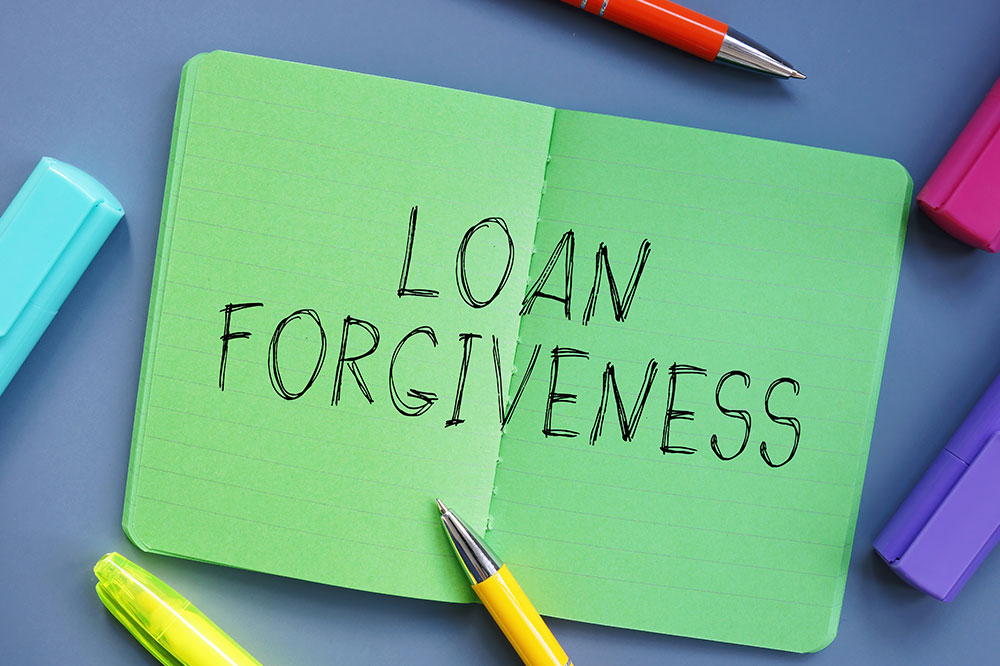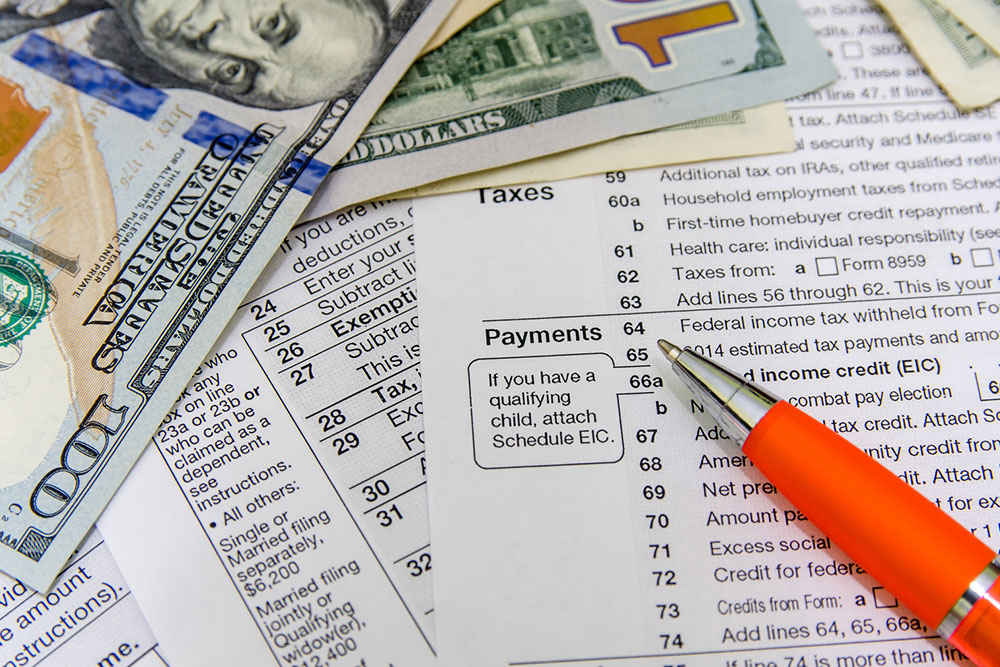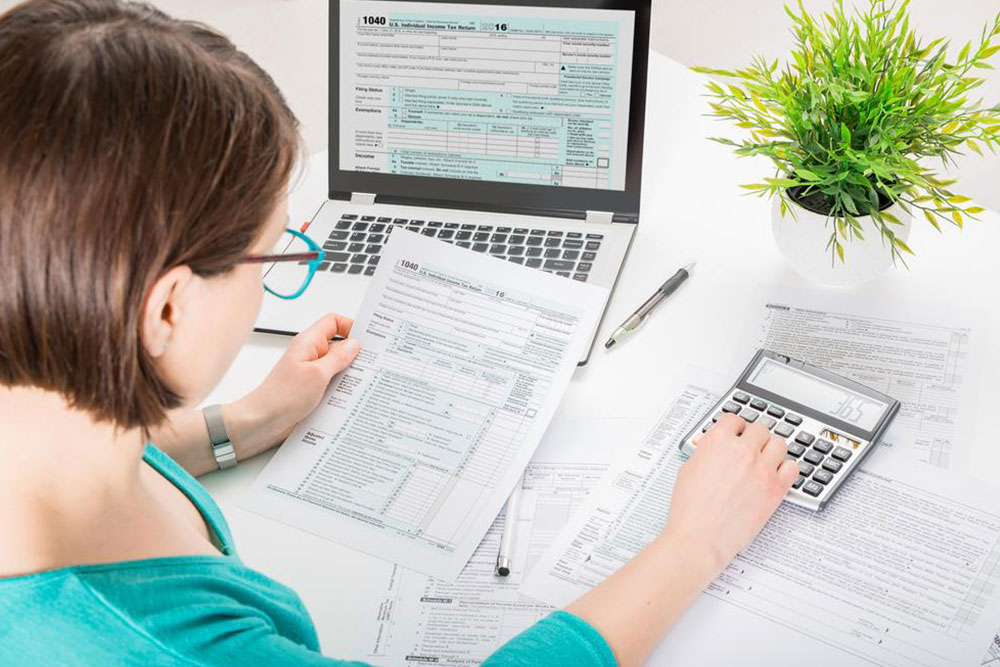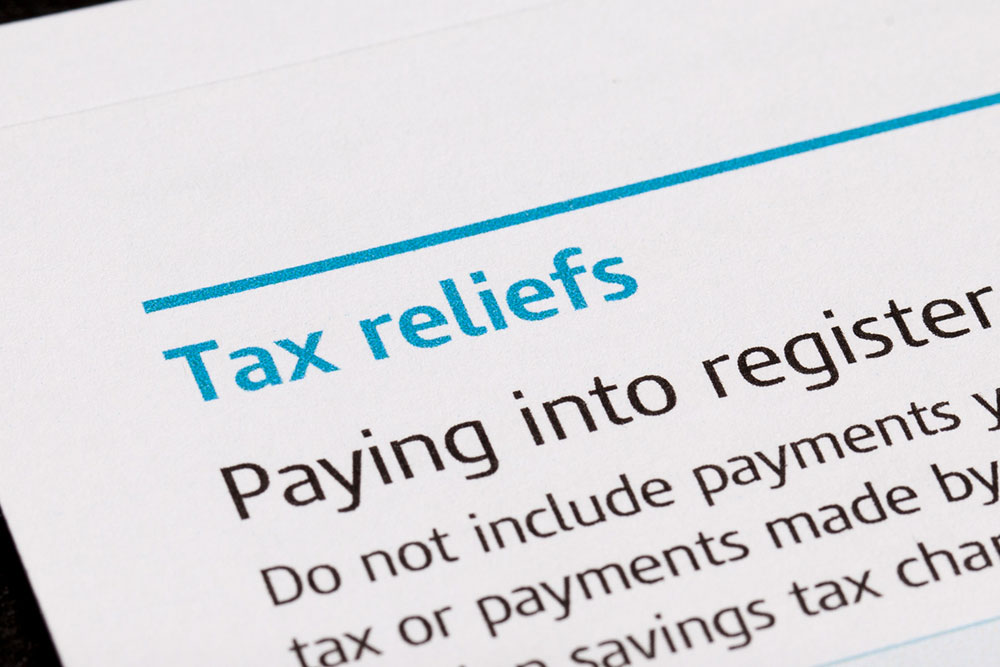Guide to IRS Tax Debt Relief Programs: Eligibility and How to Apply
Learn about IRS tax debt relief options available in 2023, including eligibility criteria and how to apply. This guide covers programs like Offer in Compromise, Currently Not Collectible, installment agreements, and the Fresh Start Initiative, helping taxpayers reduce or settle their tax liabilities efficiently and regain financial stability.
Sponsored

Many individuals and businesses owe back taxes, interest, or penalties to the Internal Revenue Service (IRS). While full debt cancellation isn’t always possible, the IRS offers various relief programs to help reduce or settle tax liabilities over time. These options can assist taxpayers in regaining financial stability. Read on to explore the available programs, eligibility criteria, and steps to apply for tax debt relief.
What are tax relief programs?
Neglecting tax payments can lead to severe consequences, including accumulating penalties, higher interest, and possible asset seizures.
In extreme cases, the IRS may pursue legal actions such as wage garnishments or criminal charges against taxpayers who default on their taxes. This is where relief programs come into play.
The IRS offers numerous options designed to help taxpayers struggling with their tax bills, potentially lowering or even eliminating owed amounts. Recognizing that financial hardship affects many, the IRS provides these programs to support taxpayers in making manageable payments and avoiding penalties.
Available relief options include:
In 2023, taxpayers can choose from options like the Fresh Start initiative, Offer in Compromise, Currently Not Collectible status, and installment plans. Here's a closer look at each:
Offer in Compromise: This allows taxpayers who are unable to pay their entire tax debt to settle for less. The IRS evaluates financial details, including income, assets, expenses, and obligations, to determine if a reduced settlement is appropriate. This is one of the most popular relief options used.
Currently Not Collectible: If taxpayers prove they cannot pay due to financial hardship, their accounts may be designated as non-collectible. This status suspends collection efforts temporarily until financial conditions improve.
Installment Agreements: For those unable to pay in full immediately, this plan permits monthly payments over a period up to 72 months. Interest will accrue on the remaining balance during this period.
Fresh Start Initiative: Although not a debt forgiveness program per se, this initiative offers tax reforms to ease the burden on taxpayers. Benefits include raising the lien filing threshold to $10,000, simplified payment plans for debts under $50,000, and lien withdrawal upon full payment.
Who is eligible to apply?
While any taxpayer owing taxes may consider applying, eligibility depends on financial circumstances and adherence to filing requirements. The IRS carefully reviews each application, considering factors such as debt amount, income level, and ability to pay. Generally, applicants with debts of $50,000 or less, earning below $100,000 ($200,000 for couples), or experiencing recent income reduction are more likely to qualify.
Parameters for debt forgiveness are determined by individual financial situations and selected payment options.
Steps to apply for tax relief:
Visit the IRS website and complete the relevant application forms. Be truthful and precise about your income, expenses, and assets. Some relief options may require a small processing fee. The IRS also recommends consulting a tax professional to maximize your chances of approval and to navigate the process effectively.
Remember, the IRS offers solutions for taxpayers facing financial hardship, so exploring these programs can provide much-needed relief and stability. Ensure you understand each program's specific eligibility criteria and consult experts to optimize your application process.





